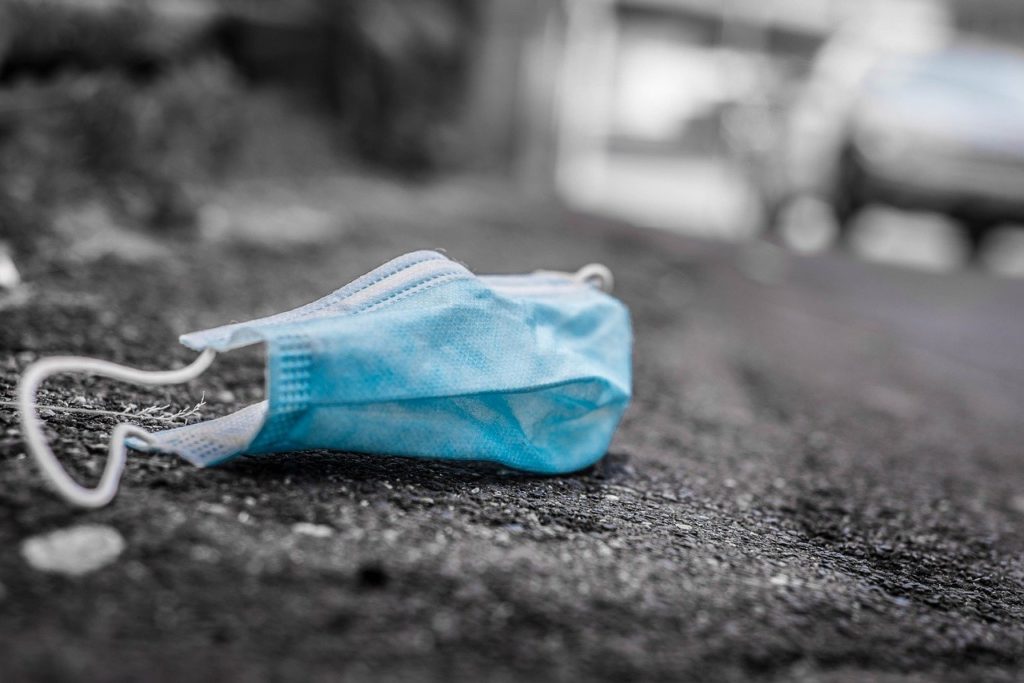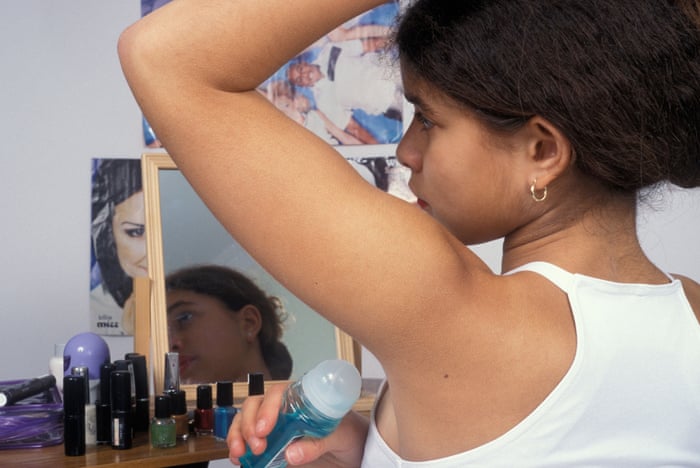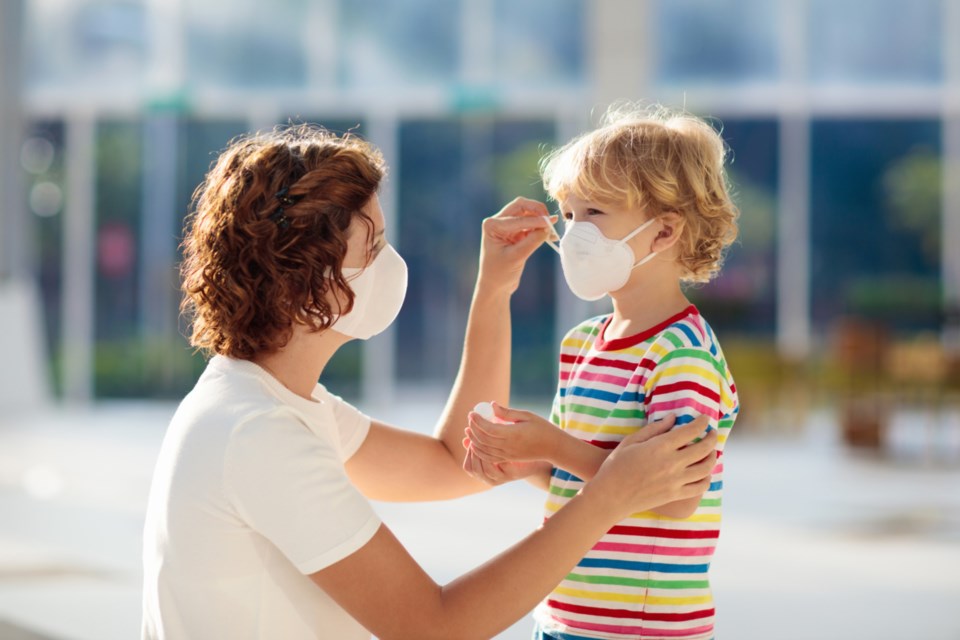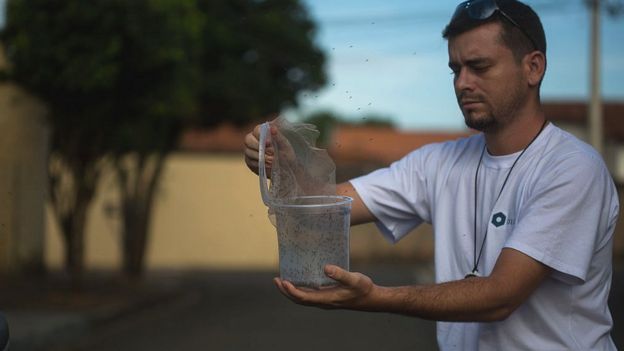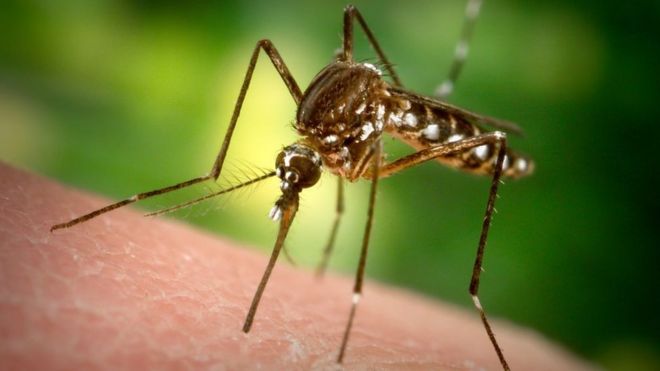“Coke on fish gills is as dumb as it sounds", Dr. Solomon David, aquatic ecologist, Nicholls State University
 |
"We provide the first evidence that counters the growing popularity of using carbonated beverages to stop bleeding in angling-caught fish." "We found no benefit or disbenefit with pouring carbonated beverages over the gills of northern pike but it is possible there are longer term impacts." "These findings provide direct scientific evidence that the use of carbonated beverages does not curtail bleeding from gills, which is counter to anecdotal observations made by recreational anglers that use this technique. Overall, our study debunks the assertion." Carleton University researchers
Research funded by Muskies Canada and by fishing guide John Anderson and undertaken by the fish ecology conservation and physiology laboratory of Carleton University, led by graduate student Alexandria Trahan, appears to have concluded that a technique to ease bleeding in injured fish that has become popular with anglers has more resemblance to an urban myth than it does a folk remedy to curtail bleeding and discomfort in fish that have sustained injury either as a result of the angler's actions or other misadventure.
And though veteran fishing guide and owner of Ottawa River Musky Factory John Anderson was partially responsible for putting the research into motion, spurred on no doubt by his belief in the healing power of carbonated liquid on fish, his commitment to the use of Diet Coke to help stop muskellunge bleeding from the mouth, throat or muscles around the gills is secure. On the basis of his own experience with the use of the technique on 18 different occasions.
While on a fishing trip four years earlier accompanied by writer and outdoorsman Gord Pyzer, the method was first brought to his attention when it was demonstrated to him. He gave due credit to the senior manager in the Ministry of Natural Resources and Forestry when he was informed by this man who makes use of spring water, supersaturated with carbon dioxide in cauterizing hook wounds in a fish's mouth, throat or gills, who swore by its efficacy.
 |
In the event, researchers from the lab of biology professor Steven Cooke undertook a scientific study of the controversial and popular belief in the usefulness of Diet Coke as a first aid for injured fish, where advocates insist that carbon dioxide in soda drinks constricts a fish's blood vessels to halt bleeding. Critics of the method on the other hand, label it as pop science for the gullible. Those who want to catch these fish for sport, but are committed to releasing them back to the water. Salving their consciences in the belief that the remedy works. In their analysis the Carleton scientists discovered that in the first 20 minutes following the application of pop to injured gills of northern pike, nothing occurred.
Last year, led by graduate student Alexandria Traham from the lab, 145 northern pike were caught in the
Rideau River system to use as subjects where gill injuries were simulated with the use of pliers removing a one-centimetre section of gill. A carbonated beverage was then applied; Coca-Cola, Mountain Dew or carbonated lake water. Nothing was applied to a control group of fish. The experiments were conducted in May and August in assessing whether changes in water temperature might affect the outcome.
Scientists observed and recorded what happened to the bleeding of the injured fish held in a water-filled tank for 20 minutes -- finding that Mountain Dew as well as the other carbonated drinks produced no discernible effect whatever. No difference was noted, according to the researchers, between the fish in the control group and those that had been treated with a soft drink. Bleeding failed to stop sooner, and nor did the fish bleed less.
A possible explanation was put forward, researchers suggesting that when anglers lift a fish from the water to apply a soft drink to the fish wounds, air exposure induces hypoxia which in turn slows the heart rate of the fish. "The pop does work at the right place and the right time", insisted Mr. Anderson who didn't dispute the Carleton study, but felt that the researchers would have done better to avoid using sensitive gill injuries in their assessment of the value of the technique.
 |
Labels: Bioscience, Experiments, Fish, Injuries, Reseach
